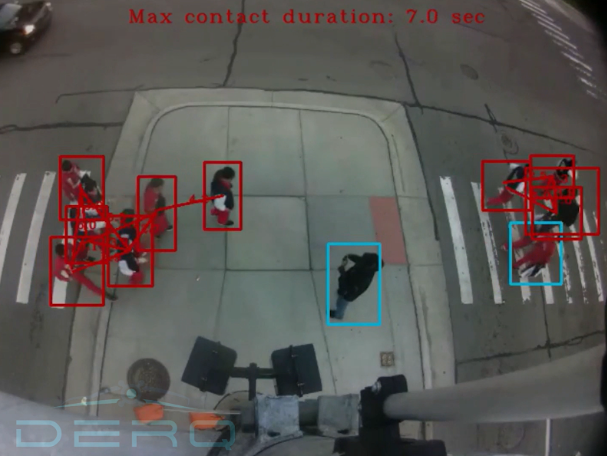As the Consumer Electronics Show (CES) in January sparked a new wave of autonomous vehicles (AVs) coming to the automotive market in the next few years, much focus as of late has been on the technology of these vehicles themselves. However, the technology embedded in road infrastructure is also beginning to see more conversation between service providers and municipalities. […] LiDAR can provide complementary and sometimes overlapping value with cameras, however there are still several safety critical edge cases where LiDAR’s technology does not perform well (e.g., heavy rain and snow, granular classification), and where cameras have been proven to handle better. Moreover, today’s LiDAR technology remains expensive to deploy at scale due to its high unit price and limited field of view.
Why the U.S. Infrastructure Bill Can’t Just Be About Building New Roads & Bridges
As U.S. President Joe Biden recently signed the Infrastructure Investment and Jobs Act into law, many outdated state and local roads, bridges and transit systems will be improved, not only to keep up with consumer demand, but also to provide increased safety in reducing crashes and fatalities. […] The good news is that smart infrastructure has already been on the radar as well as an area of focus for many communities around the U.S. For example, the city of Fremont in California has teamed up with CT Group and Derq to deploy AI intersection analytics systems as a key component of a safe and smart corridor project along a nine-mile section of Fremont Boulevard.
Is Smart Infrastructure the Key to Vision Zero?
Vision Zero is one of the newer strategies looking to eliminate deaths and severe injuries due to road traffic and unsafe infrastructure. First successfully implemented in parts of Europe, the strategy has recently gained traction in North American cities in addition to the direction of the new administration.
The State of Intelligent Transportation in 2021
It’s reported that road collisions kill approximately 1.3 million people and injure tens of millions more every year. It is of the utmost importance to leverage the advancements in various technologies including artificial intelligence (AI) to address this hidden, global epidemic. The use of V2X (vehicle-to-everything) enables communication between vehicles, as well as between vehicles and roadside communication systems for road safety. […] In addition, various sensor technologies including cameras powered by AI are enabling transportation agencies to better understand roadways than ever before with applications ranging from accurate traffic counts to predicting spots on roads that are most prone to incidents.
Can existing cameras and AI help us all #staysafe? Yes, and it won’t take much.
Our award-winning AI predictive algorithms, first used for road and pedestrian safety, are being leveraged to help cities tackle COVID-19, by measuring the distance between people, how long they interact, whether face masks are being used or not, and if establishments are following occupancy requirements.



